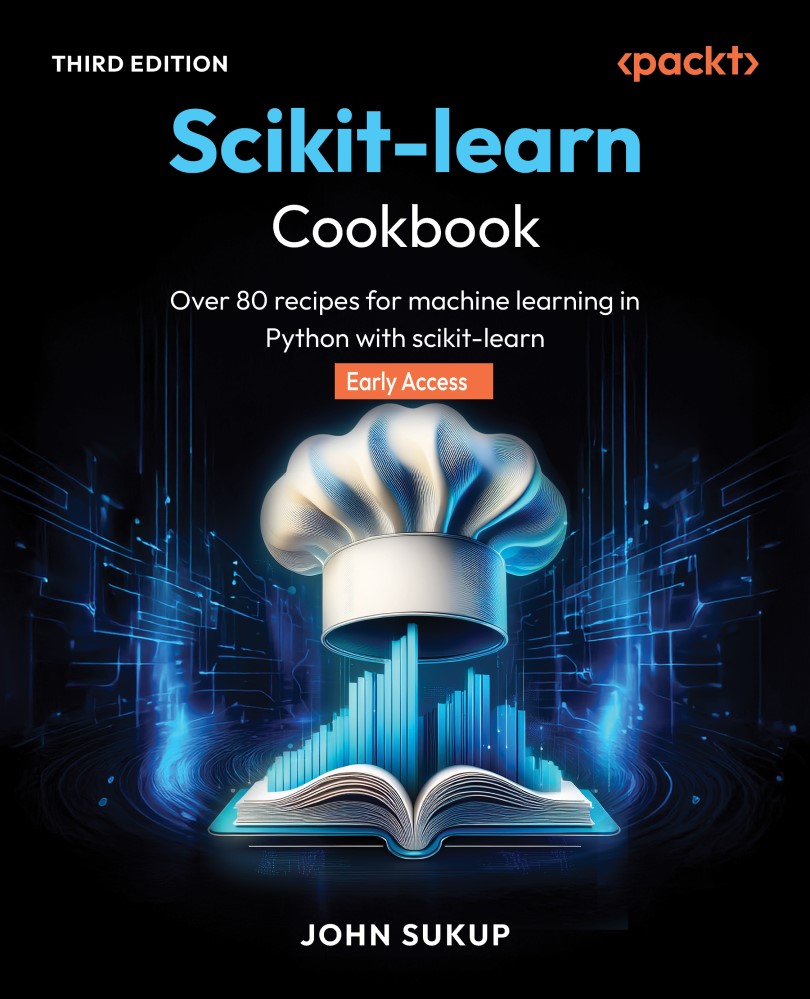Introduction to Clustering
Clustering is an unsupervised learning technique used to group similar data points based on their intrinsic structure – a structure that might not be readily apparent just by eyeballing a table of data. It’s useful for tasks like market segmentation, anomaly detection, and organizing unlabeled data. Some common challenges include determining the number of clusters, handling noise, and choosing appropriate algorithms for different data types and scales. Just keep in mind that clustering, like most unsupervised learning techniques, is a bit more of an art than a science!
As an example of clustering applied to the real-world, let’s consider market segmentation. Businesses realize that not all of their customers are the same and typically interact with them in a variety of ways. Therefore, it doesn’t make sense to treat all customers the same way. But how do we uncover these subpopulations of our customers so we can customize their user...

































































